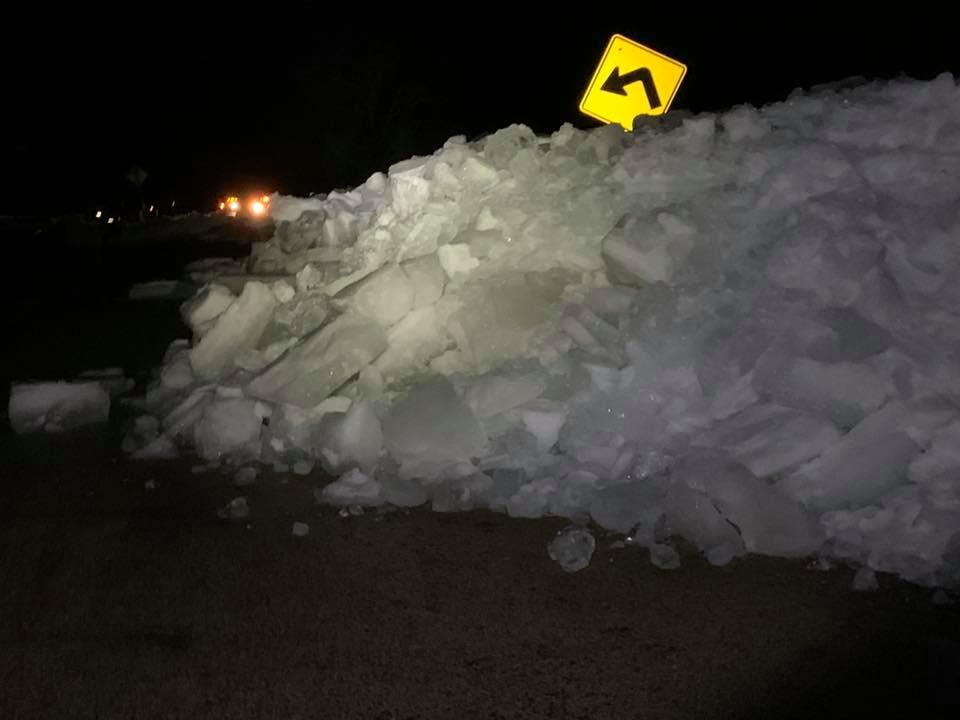As the temperatures warm and lakes start to thaw around Wisconsin, you may notice large chunks of ice pushed onto area shorelines. What causes these "ice shoves"?
An ice shove is simply a surge of ice that piles up along the shores of a body of water.
They are common on large lakes such as Lakes Michigan and Superior, as well as some larger inland lakes, like Lake Winnebago, during the late winter and early spring.
Ice shoves form as ice starts to break up on a body of water when temperatures warm and the ice begins to thaw. Strong winds over an extended period of time drive the large chunks of ice to the shoreline.
As the wind continues to push the ice onshore, it forms massive, growing piles that have been measured up to 40 feet tall in some instances.

While they are incredible to see up close, ice shoves can be very dangerous. The force of water pushing the large chunks of ice onshore is incredibly powerful and the heavy chunks of ice can damage anything in their path.
They can block roads and damage homes, buildings and vegetation.




